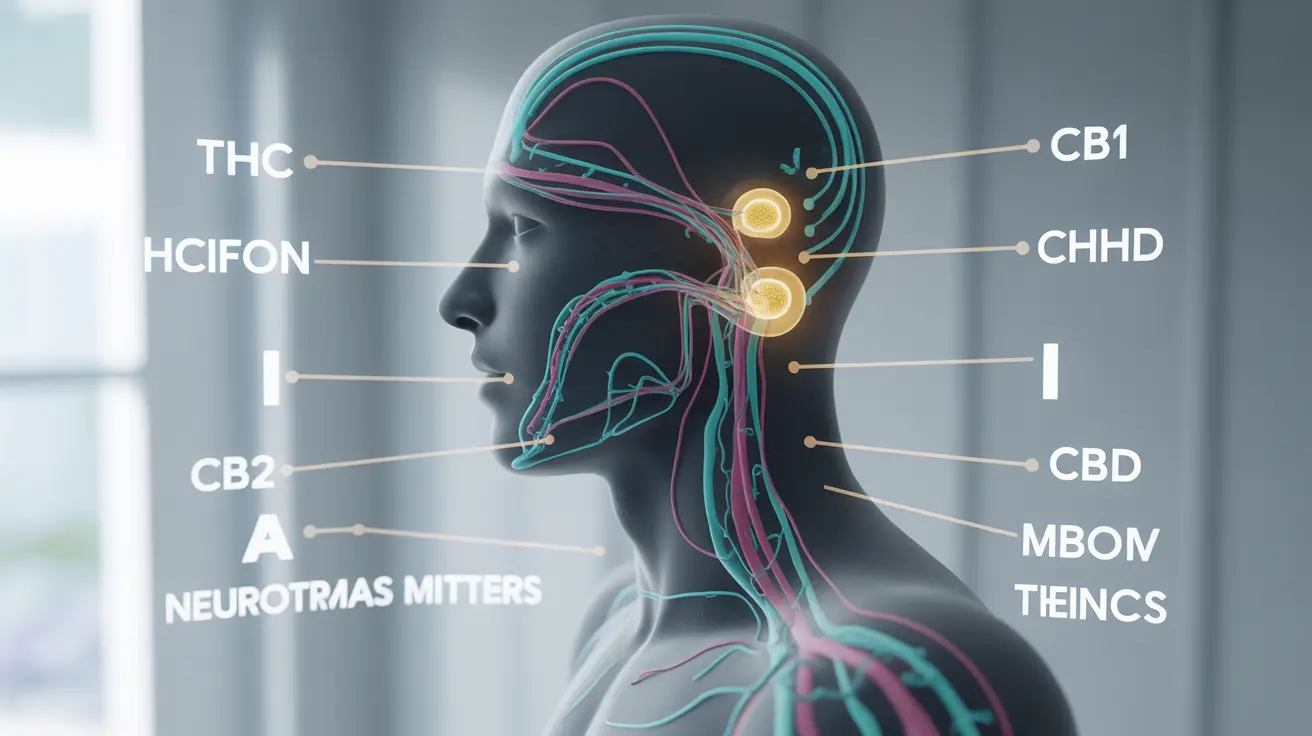Medical marijuana has emerged as a significant therapeutic option in modern healthcare, offering relief for numerous medical conditions and symptoms. As research continues to expand our understanding of this ancient plant's medicinal properties, healthcare providers and patients alike are discovering its diverse potential benefits when used appropriately under medical supervision.
This comprehensive guide explores the scientifically-supported positive effects of medical marijuana, examining how its active compounds work to alleviate various health conditions and improve quality of life for patients with chronic illnesses.
Understanding Medical Marijuana's Key Components
Medical marijuana contains over 100 different cannabinoids, with THC (tetrahydrocannabinol) and CBD (cannabidiol) being the most well-studied. These compounds interact with the body's endocannabinoid system, which plays a crucial role in regulating pain, mood, appetite, and various other physiological processes.
THC and CBD: Different Therapeutic Profiles
While THC is known for its psychoactive effects, it also provides significant medical benefits, including pain relief and appetite stimulation. CBD, on the other hand, offers therapeutic benefits without psychoactive effects, making it particularly valuable for treating anxiety, inflammation, and seizures.
Pain Management and Anti-inflammatory Properties
One of medical marijuana's most significant benefits is its effectiveness in managing chronic pain conditions. The cannabinoids in marijuana work by modulating pain signals in the nervous system and reducing inflammation throughout the body.
Common Pain Conditions Treated
- Neuropathic pain
- Arthritis
- Multiple sclerosis
- Fibromyalgia
- Cancer-related pain
Benefits for Cancer Patients
Medical marijuana has shown particular promise in helping cancer patients manage treatment-related symptoms. Its ability to reduce nausea and stimulate appetite makes it especially valuable during chemotherapy treatment.
Key Benefits for Cancer Care
- Reduces chemotherapy-induced nausea
- Stimulates appetite and prevents weight loss
- Helps manage cancer-related pain
- May improve sleep quality
- Reduces anxiety and depression symptoms
Neurological and Mental Health Applications
Research has demonstrated medical marijuana's effectiveness in treating various neurological and mental health conditions. Its neuroprotective properties and ability to modulate neurotransmitter systems make it valuable for managing several disorders.
Treatment Applications
- Epilepsy and seizure disorders
- Multiple sclerosis spasticity
- Anxiety disorders
- PTSD symptoms
- Sleep disorders
Safety Considerations and Potential Risks
While medical marijuana offers numerous benefits, it's important to understand potential risks and use it responsibly under medical supervision. Side effects can vary depending on the strain, dosage, and individual patient factors.
Common Considerations
- Individual response variations
- Potential drug interactions
- Proper dosing requirements
- Legal status variations by location
- Need for medical oversight
Frequently Asked Questions
What are the main health benefits of medical marijuana for chronic pain and inflammation?
Medical marijuana effectively manages chronic pain and inflammation through its interaction with the endocannabinoid system. It can reduce pain sensitivity, decrease inflammation markers, and provide relief for conditions like arthritis, neuropathy, and chronic back pain.
How does marijuana help increase appetite and reduce nausea in patients with serious illnesses?
THC in marijuana activates specific receptors that stimulate appetite and reduce nausea signals in the brain. This makes it particularly beneficial for patients undergoing chemotherapy or those with conditions that affect appetite and digestion.
What conditions can medical marijuana effectively treat, including seizure disorders and muscle spasms?
Medical marijuana can effectively treat epilepsy, multiple sclerosis, muscle spasms, chronic pain conditions, anxiety disorders, and PTSD. CBD-rich strains have shown particular promise in reducing seizure frequency in resistant epilepsy cases.
How do THC and CBD in marijuana work to relieve symptoms like pain, anxiety, and insomnia?
THC and CBD work by interacting with the body's endocannabinoid system. THC primarily binds to CB1 receptors affecting pain perception and sleep, while CBD works through multiple mechanisms to reduce anxiety and inflammation without causing psychoactive effects.
What are the potential risks and side effects of using medical marijuana for symptom management?
Common side effects may include dry mouth, dizziness, altered coordination, and short-term memory changes. Long-term heavy use may affect cognitive function. It's crucial to use medical marijuana under professional guidance and be aware of potential drug interactions.




